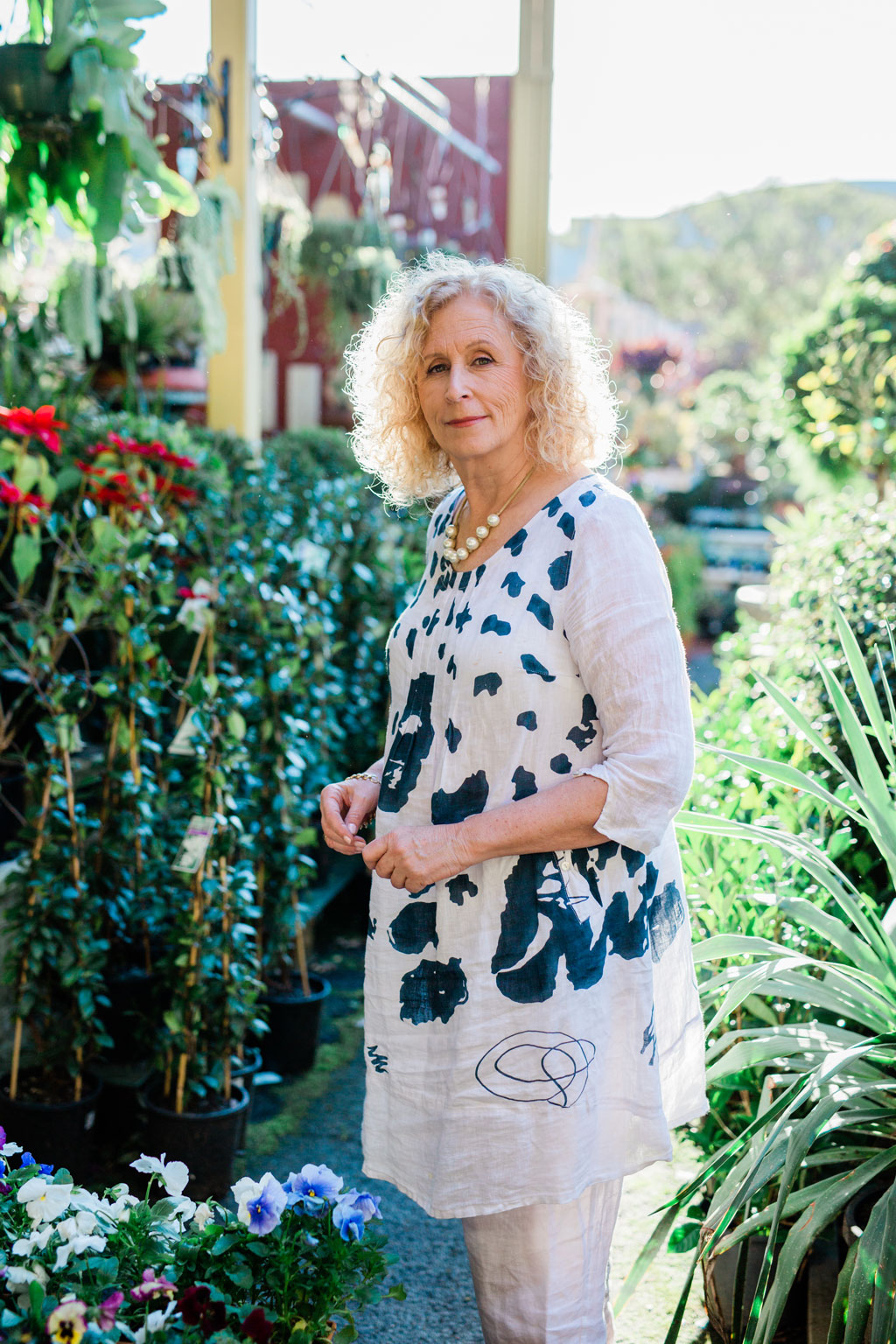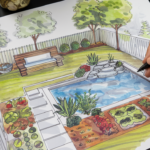MY Tips
Integrating Equestrian
Facilities into Rural Landscape Design
Hello fellow landscape professionals!
Have you ever been tasked with transforming a rural property into an equestrian paradise that seamlessly blends functionality with aesthetic appeal? Well, saddle up and grab your favourite beverage, because we’re about to gallop into the intricate world of integrating equestrian facilities into rural landscape design.
Let’s embark on this journey together, enhancing our industry practices while creating environments that cater to both horse enthusiasts and the majestic animals themselves. After all, we’re not just landscapers; we’re partners in crafting harmonious habitats.
The Importance of Thoughtful Equestrian Design in Rural Landscapes
Balancing Functionality and Aesthetics
Designing for equestrian use isn’t just about practicality; it’s also about creating spaces that are safe, efficient, and visually pleasing.
- Horse and Rider Safety: Prioritise designs that minimise hazards.
- Operational Efficiency: Streamline movement and access for daily activities.
- Visual Harmony: Ensure facilities complement the natural landscape.
Enhancing Property Value and Appeal
Additionally, a well-designed equestrian facility can significantly boost rural property value.
- Specialised Amenities: High-quality arenas and stables attract discerning clients.
- Lifestyle Integration: Create spaces that cater to both equestrian and leisure activities.
- Market Differentiation: Stand out with unique features and sustainable practices.
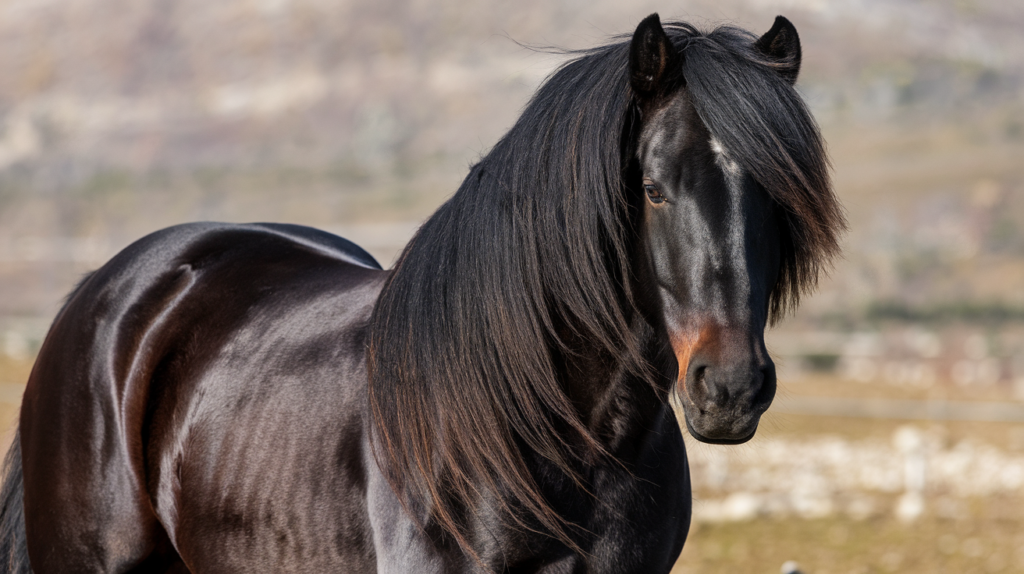
Comprehensive Site Analysis for Equestrian Facilities
Understanding the Land and Its Capabilities
Topography and Soil Conditions
- Drainage: Identify natural water flow to prevent muddy paddocks and arenas.
- Soil Suitability: Test soil for stability, especially in areas designated for arenas and structures.
- Elevation: Utilise slopes for natural drainage but avoid steep grades that hinder access.
Climate and Exposure
- Wind Patterns: Position facilities to protect from prevailing winds.
- Sun Exposure: Maximise natural light in stables and arenas while providing shade in paddocks.
- Weather Extremes: Design with local weather conditions in mind, such as heavy snowfall or intense heat.
Designing Functional and Safe Paddocks
Paddock Layout and Sizing
Space Requirements
- Horse Welfare: Provide adequate space for movement to promote physical and mental health.
- Herd Dynamics: Design paddocks considering social groupings and hierarchies.
- Rotational Grazing: Implement multiple paddocks to allow for pasture recovery.
Orientation and Access
- Ease of Access: Position paddocks close to stables for efficient movement.
- Gate Placement: Install wide, secure gates for safe entry and exit.
- Accessibility: Ensure paths to paddocks are well-maintained for all-weather use.
Fencing Options
- Safety First: Choose materials that prevent injuries, such as vinyl rail, flexible fencing, or wood.
- Durability: Consider materials that withstand weather and horse interactions.
- Visibility: Ensure fences are highly visible to horses to prevent accidental collisions.
Ground Management
- Soil Protection: Implement measures to prevent soil compaction and erosion.
- Mud Control: Use footing materials like gravel or sand in high-traffic areas.
- Vegetation Management: Maintain healthy pasture grasses to support horse nutrition and reduce weeds.
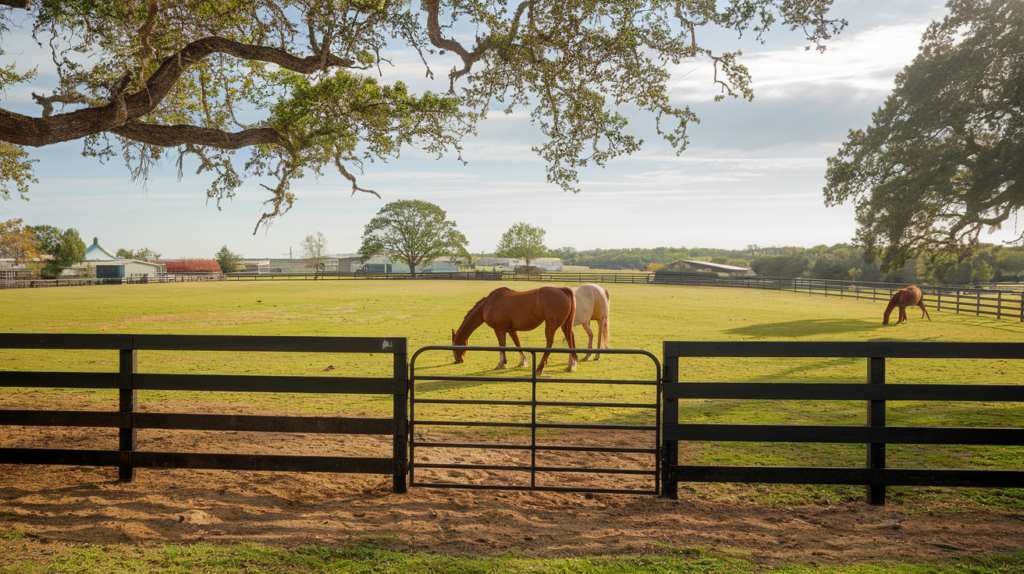
4. Designing Arenas for Training and Recreation
Arena Types and Surfaces
Discipline-Specific Designs
- Dressage Arenas: Standard sizes with precise measurements for competition practice.
- Jumping Arenas: Larger spaces with adjustable jumps and safety considerations.
- Multi-Purpose Arenas: Flexible designs accommodating various disciplines.
Footing Materials
- Sand Mixtures: Common for good traction and shock absorption.
- Rubber Additives: Enhance cushioning and reduce dust.
- Maintenance Needs: Plan for regular grooming and watering to maintain optimal conditions.
Indoor vs. Outdoor Arenas
- Indoor Arenas: Provide year-round use, protection from elements, and extended training hours.
- Outdoor Arenas: Cost-effective with natural lighting but limited by weather conditions.
- Hybrid Solutions: Covered arenas offer a balance between protection and openness.
Arena Placement and Orientation
- Wind and Sun: Position to minimise glare and wind interference.
- Drainage: Elevate arenas slightly to prevent water accumulation.
- Access Routes: Ensure easy access from stables and parking areas.
Planning and Building Stables
Stable Design Principles
Horse Comfort and Health
- Ventilation: Design for ample airflow to reduce respiratory issues.
- Natural Light: Incorporate windows and skylights for a healthier environment.
- Stall Size: Provide adequate space based on horse size and breed.
Operational Efficiency
- Layout: Organise tack rooms, feed storage, and wash bays for convenient access.
- Workflow: Plan stable layouts to streamline daily routines like feeding and mucking out.
- Safety Features: Use non-slip flooring and install safe stall doors and latches.
Materials and Sustainability
- Durable Materials: Use treated wood, metal, or concrete blocks for longevity.
- Insulation: Provide temperature regulation for horse comfort.
- Eco-Friendly Options: Consider reclaimed materials and sustainable building practices.
Aesthetics and Integration
- Architectural Style: Align stable design with the property’s overall aesthetic.
- Landscaping: Use plantings to soften structures and blend with the environment.
- Visibility: Position stables to be accessible yet not intrusive on the landscape.
Incorporating Wash Bays and Care Facilities
Wash Bay Design
Location and Access
- Convenience: Place wash bays near stables for easy access.
- Drainage: Ensure proper drainage to prevent water pooling and slippery surfaces.
- Privacy: Consider screening wash areas for a more comfortable experience.
Features and Amenities
- Non-Slip Flooring: Use rubber mats or textured concrete.
- Hot and Cold Water: Provide temperature control for horse comfort.
- Storage: Include areas for shampoos, hoses, and grooming tools.
Farrier and Veterinary Access
- Designated Areas: Provide spaces for hoof care and medical treatments.
- Easy Access: Ensure vehicles can approach these areas without damaging the landscape.
- Safety Measures: Install cross-ties and adequate lighting.
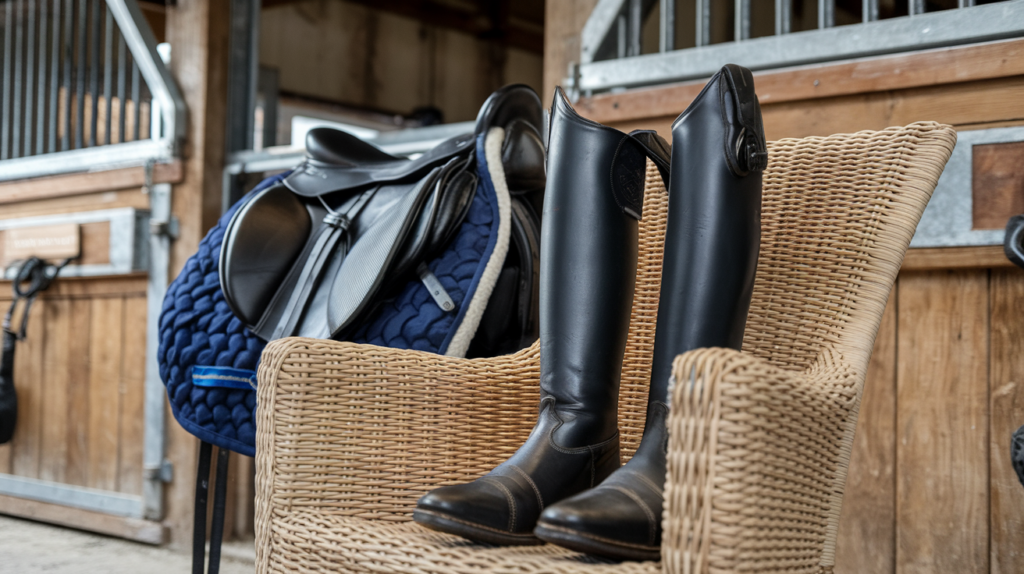
Designing Access Routes and Circulation
Pathways and Roadways
Surface Materials
- Durability: Use gravel, crushed stone, or stabilised soil that can withstand traffic.
- Mud Prevention: Implement proper grading and drainage.
- Maintenance: Plan for regular upkeep to keep surfaces safe and functional.
Width and Clearance
- Vehicle Access: Ensure paths accommodate trailers, tractors, and emergency vehicles.
- Horse Movement: Provide ample space for leading horses safely.
- Visibility: Incorporate lighting for early morning or evening use.
Traffic Flow Planning
- Separation of Uses: Designate separate routes for vehicles, horses, and pedestrians when possible.
- Avoiding Congestion: Plan layouts to prevent bottlenecks during busy times.
- Signage: Use clear signs to guide visitors and service providers.
Additional Considerations and Ideas
Manure Management Systems
- Storage Solutions: Design covered manure bins or composting areas away from high-traffic zones.
- Odour Control: Use barriers and strategic placement to minimise odours.
- Environmental Compliance: Follow regulations to prevent contamination of waterways.
Sustainable Practices
- Rainwater Harvesting: Collect roof runoff for irrigation or wash bays.
- Solar Power: Install solar panels to power lighting and electrical needs.
- Native Landscaping: Use local plants to reduce maintenance and support biodiversity.
Recreational Trails and Exercise Tracks
- Trail Design: Create riding trails that showcase the property’s natural beauty.
- Surface Materials: Use appropriate footing for horse safety and comfort.
- Maintenance Plans: Schedule regular inspections and repairs.
Client Amenities
- Viewing Areas: Design comfortable spaces for owners to watch training or events.
- Clubhouses or Lounges: Provide indoor areas for socialising and rest.
- Educational Signage: Include information about horse care, breeds, or facility features.
Challenges and Solutions in Equestrian Design
Environmental Impact
- Erosion Control: Use vegetation and terracing on slopes.
- Water Quality: Implement buffer zones near water bodies to prevent contamination.
- Wildlife Preservation: Design to minimise habitat disruption.
Budget Constraints
- Phased Development: Plan projects in stages to manage costs.
- Material Choices: Balance between quality and affordability.
- Multi-Functional Spaces: Design areas that serve multiple purposes.
Safety and Liability
- Regulatory Compliance: Adhere to building codes and safety standards.
- Insurance Requirements: Design with considerations for insurance compliance.
- Emergency Access: Ensure clear routes for emergency vehicles and personnel.
Conclusion: Crafting Exceptional Equestrian Landscapes
Integrating equestrian facilities into rural landscapes is a specialised art that requires a deep understanding of both the land and the needs of horses and riders. By thoughtfully considering every aspect—from paddocks and arenas to stables and access routes—we can create environments that are not only functional but also enhance the natural beauty of the rural setting.
So, let’s put on our boots, embrace the challenge, and continue to elevate our craft. Remember, every detail matters when creating a space that harmoniously blends the equestrian lifestyle with the great outdoors.
Our recommendations and information provided in our articles, blog and on this website is intended to be educational and informative only. It is at no time to be relied upon as personal advice for your own situation. While we try our best to ensure that the information is accurate, sometimes it may not be suitable or correct for your particular circumstances or the products or services you may choose to purchase.
Any comments, guidance, or information on this website is our own view and based on our experience and we do not provide any guarantees, warranties relating to any aspect of the information, including but not limited to any reliance on the safety or security of any landscape recommendations, renovations, designs, plant use or any particular installations. We hope you find it helpful but please be aware that it may not be suitable for your situation, location, surroundings or other specific needs. This information is offered in good faith and it is not specific to any one person or any personal circumstance. You should contact us directly so we may review and assess your own situation to be able to provide recommendations specific to your own requirements, particularly if you are in a fire, drought or other sensitive area.
We hope you understand that for this reason, we are not to be held liable for any decisions you make based on any of the information, views, or recommendations on our website and in our blog articles and any consequences, as a result, are your own.
The information shown and posted on this website or expressed by either the moderator is the view of the person(s) posting only and is intended to be examples only and not advice for you personally.
Any decisions or information on this website you decide to use, read or act upon is done at your own risk and you shall indemnify yourlandscapejourney.com, its directors and employees for any and all claims whether resulting directly or indirectly from your actions.

